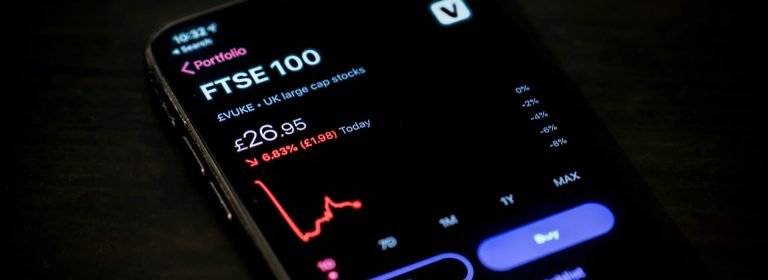
Fake breakouts are a common challenge in trading, often leading traders to enter positions based on false signals. Understanding how to identify and avoid these traps is essential for improving trading accuracy. This article highlights strategies and tips from experienced traders to help you navigate fake breakouts effectively.
What is a Fake Breakout?
A fake breakout occurs when the price temporarily moves beyond a support or resistance level, creating the illusion of a breakout, only to reverse direction shortly after. This can trap traders who enter positions prematurely, leading to losses.
Characteristics of Fake Breakouts:
- Price closes briefly outside the key level and quickly retraces.
- Low trading volume during the breakout.
- Occurs near major psychological or technical levels.
Common Causes of Fake Breakouts
- Low Liquidity: During periods of low liquidity, price movements can easily breach levels without sustained momentum.
- Market Manipulation: Institutional players may push prices beyond levels to trigger stop-loss orders or induce retail participation.
- News Events: Sudden announcements can cause temporary price spikes that do not align with the broader trend.
Strategies to Avoid Fake Breakouts
1. Wait for Confirmation
Before entering a trade, confirm the breakout by waiting for the price to close above resistance or below support on higher timeframes (e.g., 4-hour or daily charts).
2. Monitor Trading Volume
Breakouts accompanied by high trading volume are more likely to be genuine. Use volume indicators to verify the strength of the move.
3. Use Multiple Timeframes
Analyze the breakout across multiple timeframes to ensure it aligns with the overall trend. A breakout on a lower timeframe may not hold on higher timeframes.
4. Pay Attention to Key Levels
Ensure the breakout occurs at significant technical levels, such as long-term support, resistance, or trendlines. Breakouts near minor levels are more likely to fail.
5. Combine Indicators
Use additional technical indicators, such as the Relative Strength Index (RSI) or Moving Averages, to confirm the breakout’s validity.
Examples of Avoiding Fake Breakouts
Scenario 1: Resistance Breakout with Low Volume
A trader observes the price of EUR/USD breaking above a key resistance level at 1.1200. However, the breakout is accompanied by declining trading volume. The trader waits for confirmation, and the price quickly reverses below 1.1200, avoiding a loss.
Scenario 2: Support Breakout with Confirmation
A trader sees GBP/USD breaking below support at 1.3000 on a 1-hour chart. They confirm the breakout by checking the daily chart, which shows a strong bearish candle and increasing volume, validating the trade.
Common Mistakes to Avoid
- Entering Too Early: Jumping into a trade before the breakout is confirmed increases the risk of being caught in a fake breakout.
- Ignoring Volume: Trading without considering volume can lead to reliance on weak breakout signals.
- Focusing on Short Timeframes: Solely relying on lower timeframes often results in false signals.
Conclusion
Fake breakouts are an unavoidable part of trading, but with careful analysis and the right strategies, their impact can be minimized. By waiting for confirmation, monitoring volume, and using multiple indicators, you can enhance your trading decisions and avoid unnecessary losses. For more trading tips and insights, visit our blog.